Unleashing Direct-to-Film Magic: Specialized Materials for Ink Retention
Direct-to-Film (DTF) transfers are a revolutionary printing technique that streamlines the creation…….
Welcome to an immersive exploration of the dynamic realm of ‘DTF (Digital Theater Format) film’, a revolutionary force transforming the cinematic landscape. This article aims to guide readers through the intricate world of digital cinema, shedding light on its evolution, impact, and future trajectory. By delving into various facets, we will uncover how DTF film not only enhances visual storytelling but also shapes global entertainment industries and cultural experiences.
Definition: DTF film refers to the process of displaying movies in digital format, utilizing advanced technologies to offer an immersive viewing experience. It involves the conversion of traditional film content into digital data, which is then projected onto screens using specialized hardware and software.
Core Components:
Historical Context: The journey of DTF film began as early as the 1990s with the rise of digital cameras and the promise of better image quality. However, it gained momentum in the late 2000s when major motion picture studios embraced digital distribution, leading to the first commercial release of a feature film in DTF format. This marked a significant shift from traditional film stock, paving the way for higher-quality, more versatile, and cost-effective cinema experiences.
Significance: DTF film represents a paradigm shift in how movies are created, distributed, and experienced. It offers several advantages over traditional film, including:
International Influence: The adoption of DTF film has been a global phenomenon, with every region embracing this technology at varying rates. North America and Europe have led the way, with robust digital cinema infrastructures, while emerging markets in Asia and Latin America are rapidly catching up.
Regional Trends:
Market Dynamics: The global DTF film market has experienced substantial growth, driven by the increasing demand for high-quality cinematic experiences and the declining cost of digital infrastructure. This trend is expected to continue as more theaters embrace digital technology.
Investment Patterns: Major investments come from film studios, theater chains, and technology providers. Studios allocate funds for digital content creation, while theater owners invest in upgrading their facilities to DTF standards. Private equity firms and venture capitalists also play a significant role in financing digital cinema startups.
Economic Impact:
Technical Innovations: The world of DTF film is characterized by rapid technological advancements, each pushing the boundaries of cinematic storytelling:
| Advancement | Impact | Future Potential |
|---|---|---|
| 4K and 8K Resolutions | Enhanced picture quality, offering viewers ultra-high definition visuals. | Future developments may include 16K and higher resolutions, providing an even more immersive experience. |
| High Frame Rate (HFR) Technology | Displays films at higher frame rates (e.g., 120fps), enhancing motion clarity and realism. | HFR could revolutionize sports and action movie storytelling, offering a new level of immersion. |
| Dolby Vision and HDR (High Dynamic Range) | Enhances color grading and contrast, providing a wider range of colors and brightness levels. | Future advancements may include even higher dynamic ranges, pushing the limits of visual perception. |
| Laser Projection | Offers brighter images with better contrast, suitable for larger screens and outdoor cinemas. | Laser technology can further improve picture quality, becoming the standard for high-end installations. |
| Object-Based Sound (OBS) | Creates a 3D audio experience, placing sounds precisely in the cinematic environment. | OBS has the potential to transform sound design, offering an immersive auditory journey. |
Immersive Experiences: DTF film technology combines with innovative theater designs and advanced audio systems to create truly immersive experiences. From luxury VIP theaters with reclining chairs to 3D and 4D formats, these innovations cater to diverse audience preferences.
Digital Production: Filmmakers now have the freedom to shoot in digital formats, allowing for real-time monitoring, easy editing, and cost-effective post-production. This agility has led to increased experimentation with visual styles and storytelling techniques.
Global Distribution: CDNs play a pivotal role in distributing digital content worldwide. Major streaming platforms and film distribution companies leverage these networks to ensure films reach audiences globally almost instantly.
Local Content and Diversity: DTF facilitates the growth of local cinema, as independent filmmakers can now access global markets more easily. This trend promotes cultural diversity and allows for unique storytelling voices to emerge.
Initial Costs: While long-term savings are significant, the initial investment in DTF technology remains a challenge for smaller theaters and independent filmmakers. Government incentives and leasing programs are helping overcome this hurdle.
Technical Support: Specialized technical knowledge is required to maintain and operate DTF systems. Training programs and partnerships with technology providers ensure theaters have access to expert support.
Content Accessibility: Ensuring diverse content is available digitally, especially for niche genres and languages, remains a concern. Content aggregators and local production companies are addressing this issue by expanding their digital libraries.
The trajectory of DTF film suggests a bright future, marked by further technological breakthroughs and increased global adoption. Here are some potential developments:
DTF film represents a significant milestone in the evolution of cinema, bridging the gap between traditional and modern entertainment. Its global impact and continuous technological advancements signal a future where cinematic experiences are more accessible, immersive, and diverse. As DTF continues to grow, it not only enhances our love for movies but also shapes cultural conversations and global connections through the universal language of film.
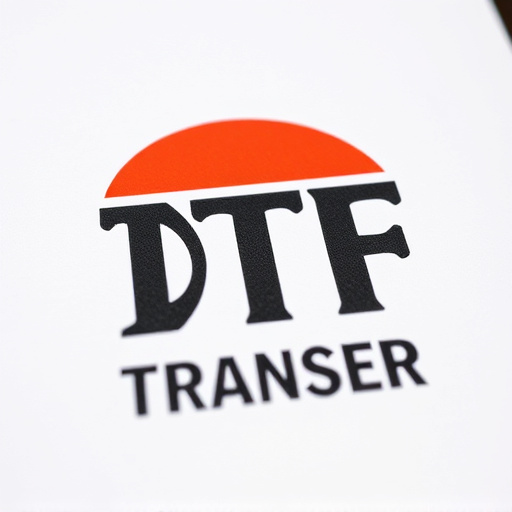
Direct-to-Film (DTF) transfers are a revolutionary printing technique that streamlines the creation…….
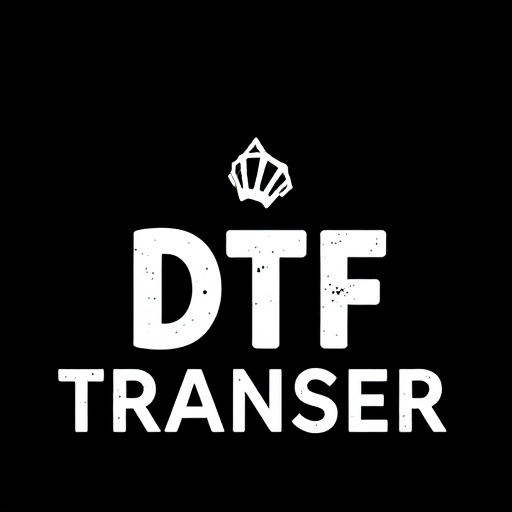
Direct-to-Film (DTF) transfers are revolutionizing printing by enabling high-quality, detailed print…….
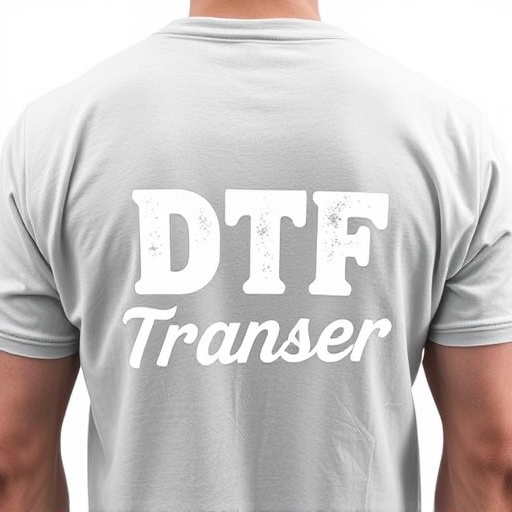
Direct-to-Film (DTF) printing revolutionizes the way we reproduce images, offering high-quality, pre…….

Direct-to-Film (DTF) transfers leverage cutting-edge technology to reproduce high-quality images dir…….
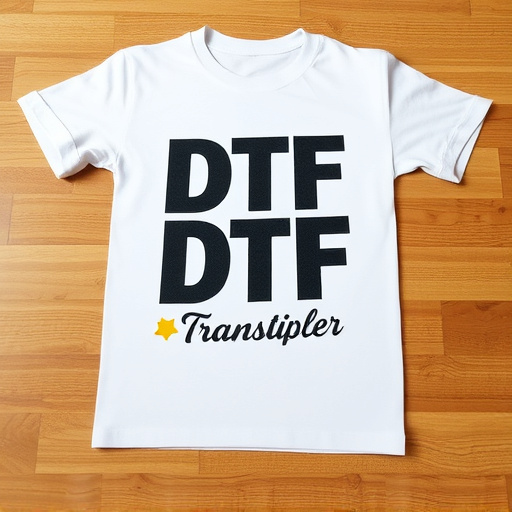
Direct-to-film (DTF) transfers are revolutionizing visual capture with a cutting-edge, direct printi…….
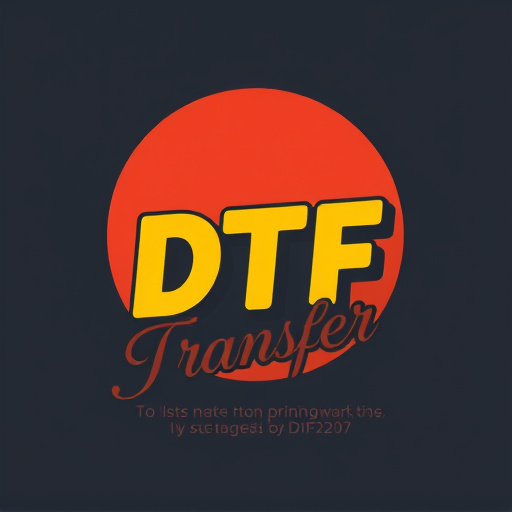
Direct-to-film (DTF) printing is a cutting-edge technique offering high-quality results on various f…….

Direct-to-Film (DTF) transfer technology is a cutting-edge printing method that reproduces high-qual…….
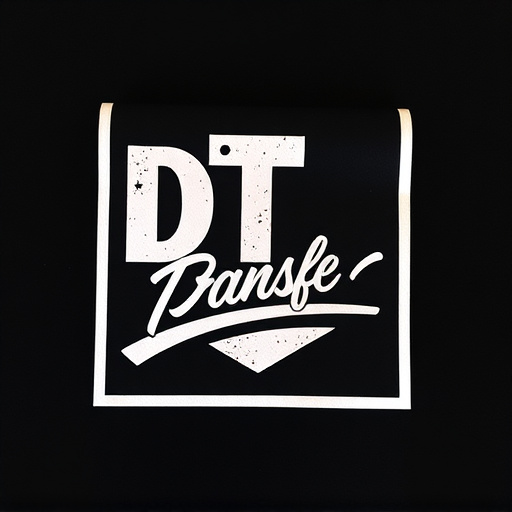
Direct-to-Film (DTF) transfers are revolutionizing image reproduction and preservation in film resto…….
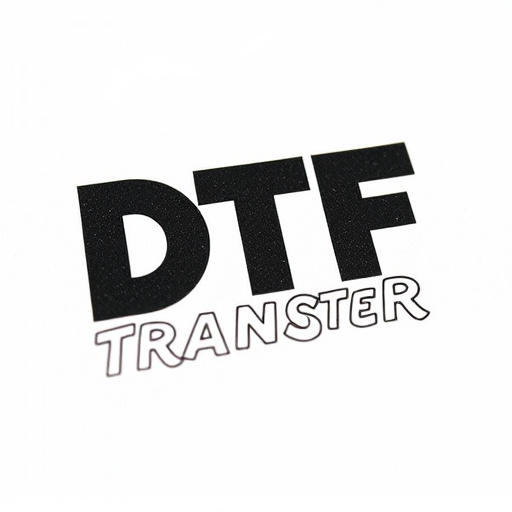
Direct-to-Film (DTF) printing is a cutting-edge technique that directly applies ink to surfaces like…….

Direct-to-Film (DTF) printing is a cutting-edge method offering unparalleled precision and quality i…….